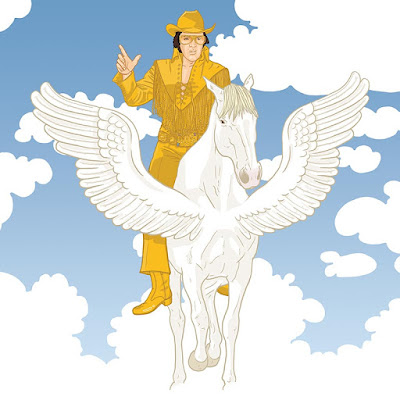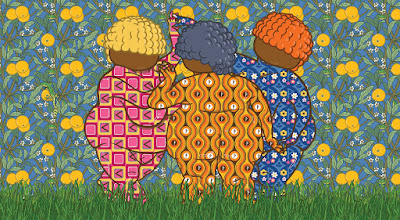"depart"
video art HD 1080p format, PAL/NTSC,
Synopsis
Orpheus is the first cantor, the only one able to make the journey of the soul along the dark paths of death thanks to his musical talents. "Depart" represents the departure for the supernal journey. The candle symbolizes man and the time it takes to finish the wax, his life on earth. First act, a candle on a white background, burns slowly. Time passes with the sound of a grandfather clock ticking. The candle goes out, midnight strikes. Second act, as soon as the candle is extinguished it exhales smoke which disperses into the surrounding space going upwards. Silence. Third act, there is no more wax and there is no more flame, what remains is the empty envelope, the melody on the piano accompanies the imagination towards the spiritual world. This work belongs to a series entitled "Way back into Soul", in which ancient myths are represented in a modern way.
Sinossi
Orfeo è il primo cantore, l'unico in grado di compiere il viaggio dell'anima lungo gli oscuri sentieri della morte grazie alle sue doti musicali. "Depart" rappresenta la partenza per il viaggio superno. La candela simboleggia l'uomo e il tempo che occorre per terminare la cera, la sua vita sulla terra. Primo atto, una candela su sfondo bianco, brucia lentamente. Il tempo scorre al ticchettio di un orologio a pendolo. La candela si spegne, suona la mezzanotte. Secondo atto, appena spenta la candela esala del fumo che si disperde nello spazio circostante andando verso l'alto. Silenzio. Terzo atto, non c'è più cera e non c'è più fiamma, quel che rimane è l'involucro vuoto, la melodia al pianoforte accompagna l'immaginazione verso il mondo spirituale. Questo lavoro appartiene alla serie intitolata "Way back into Soul", in cui sono rappresentati antichi miti in chiave moderna.




